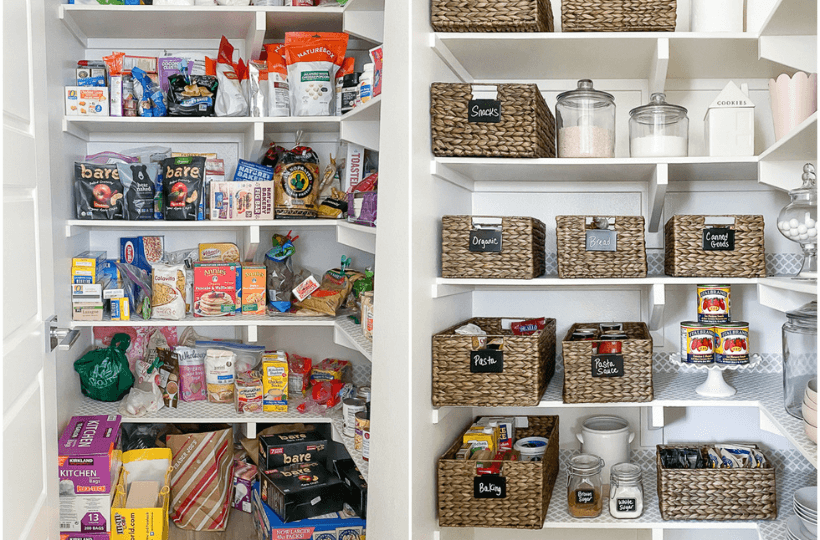Kitchen Maintenance
How to Clean and Maintain Your Pantry Effortlessly
A clean and well-organized pantry helps reduce stress in the kitchen. It allows you to quickly grab items and makes cooking easier. Decluttering and organizing your pantry requires only minimal effort. While cleaning and organizing a pantry isn’t complicated, following a few tips and tricks can help you maintain an organized space and avoid clutter when searching for items.
How Often Should You Clean Your Pantry
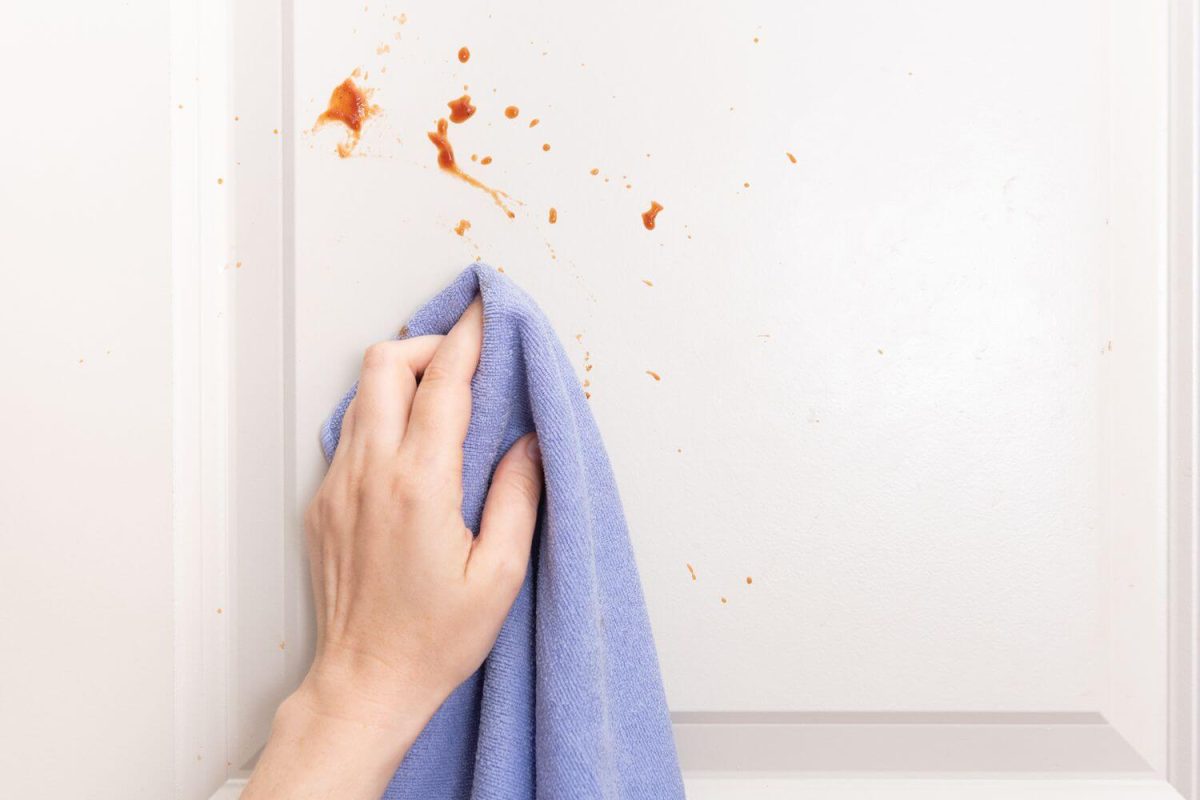
You can brush your pantry once a week if you live in an area that is a dust hotspot. Ensure to restock the items and deep clean your pantry every two weeks. If there are any spills, clean it immediately to avoid it turning into a sticky stain. You may use shelf liners to avoid frequent deep cleaning; you can change the liners and rearrange the pantry.
How to Clean Pantry to Remove the Dust
Here is how you can clean your pantry without stress and clutter.
Empty the Pantry
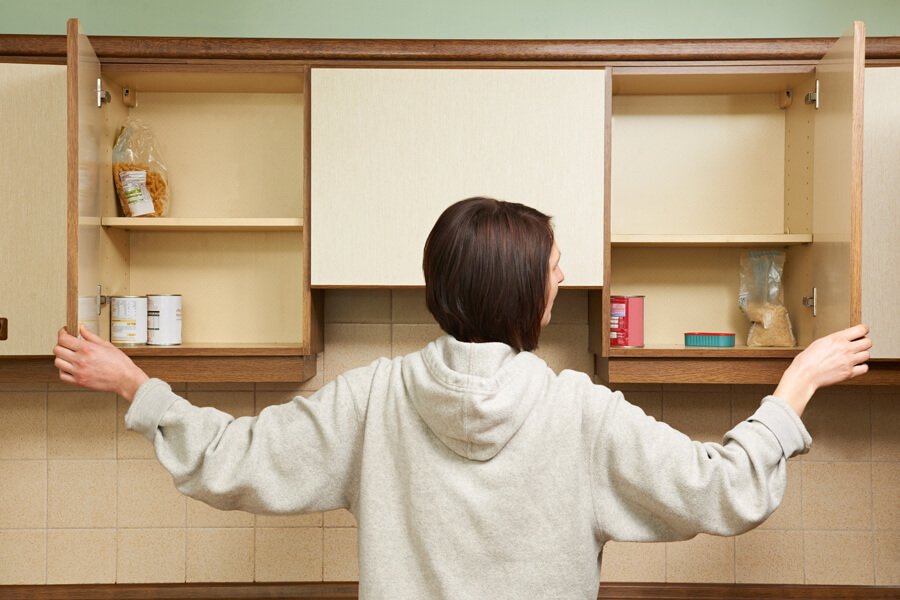
Remove the items from the Pantry. This will help you clean the pantry easily rather than cleaning every container individually and stacking others in the opposite corner of the Pantry. Take a cardboard box and carefully shit the glass containers and other jars into the box, and empty the pantry room.
Vacuum the Shelves
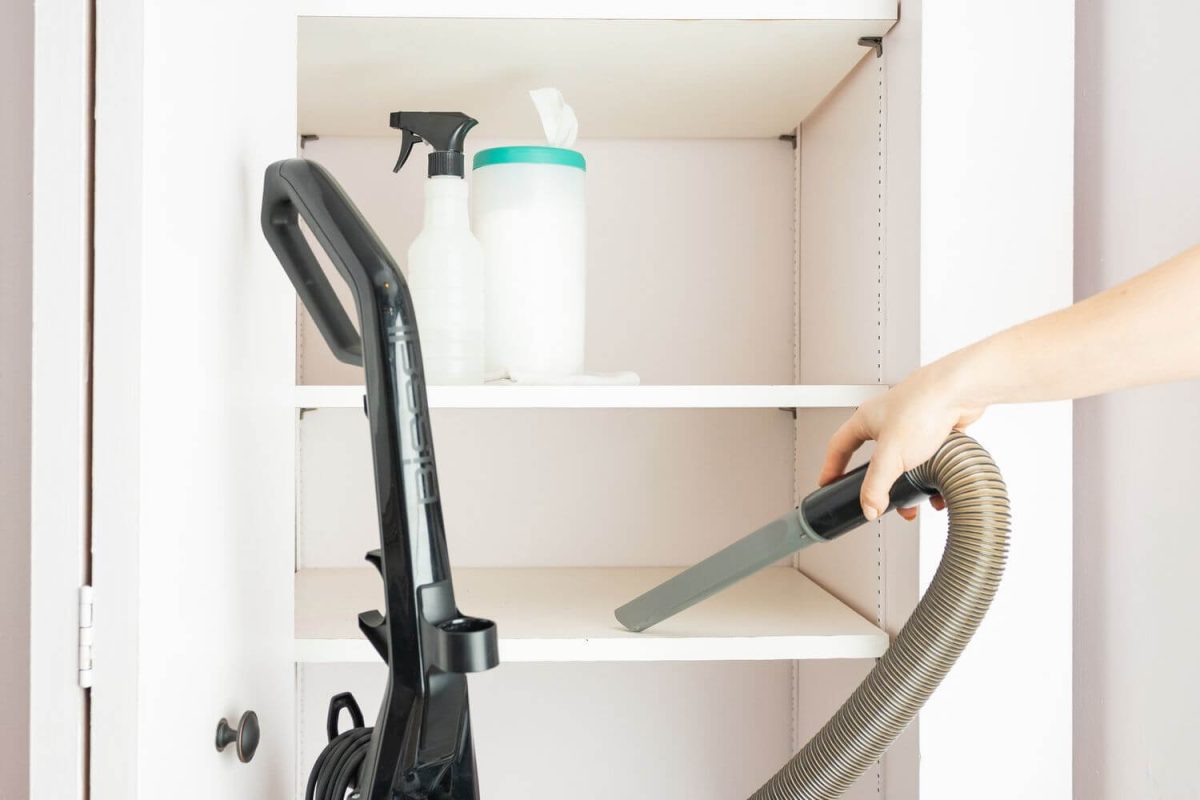
Use a vacuum to remove dust from the shelves in your pantry room. If you do not own a vacuum, use a clean and dry cloth or cleaning brush to dust the shelves. Dust particles such as bread crumbs will get stored on the corners of the pantry shelves; ensure that every nuke and corner of the pantry room is vacuumed.
Use Cleaning Solution

After cleaning out the dust particles, wipe the shelves using an effective cleaner. Spray the cleaning liquid on the shelves of your pantry. Wipe the shelves using a cloth. Focus more on the spills and sticky spots. Use another wet cloth to wipe the shelves or rinse it with water. If your Pantry shelves are made of plywood, avoid using more cleaning solutions and water. After cleaning, use a dry or microfiber cloth to wipe down the shelves. Aerate the room to prevent the musty smell.
Clean the Pantry Items
Now, clean the jars and containers before returning them to the pantry. Empty them and wash them thoroughly. Dry them and refill them.
Organize the Pantry
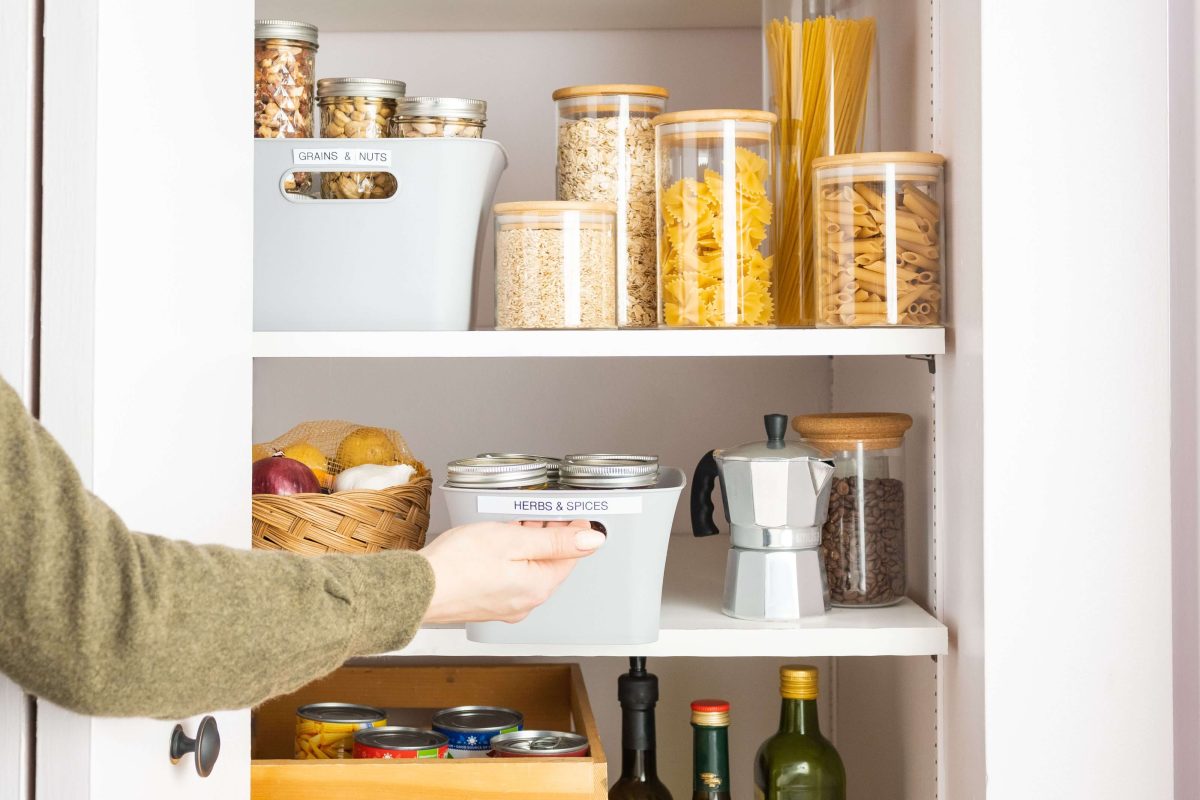
Bring the jars and containers back to your Pantry and organize them well. A well-organized pantry avoids clutter that makes it difficult for you to pick an item. Place items for daily use, such as snacks and spices, within easy reach. Put the foods with the longest expiry dates on the back of the shelf and food with the short expiration dates at the front.
Organize your pantry in a way that allows you to grab an item quickly without searching for it for more than a minute. You can even label the items and put similar items on a shelf to make it easy for others to grab them.
Note – After cleaning the Pantry, you can use Fressho’s Kitchen Cleaner to remove the oil stains from kitchen tiles.
How to Maintain a Clean Pantry
- Use baskets to store similar items. For example, store spices in one basket, snacks in another, and grains in a separate basket.
- Use air-tight containers to store sugar, flour, salt, and grains.
- Avoid storing the food that easily gets spoiled in the pantry and causes a foul smell.
- Frequent cleaning and restocking items can help you maintain a clean pantry and restock expired items.
- Always transfer any grocery item into a storage container and avoid storing the items in a package or cover.
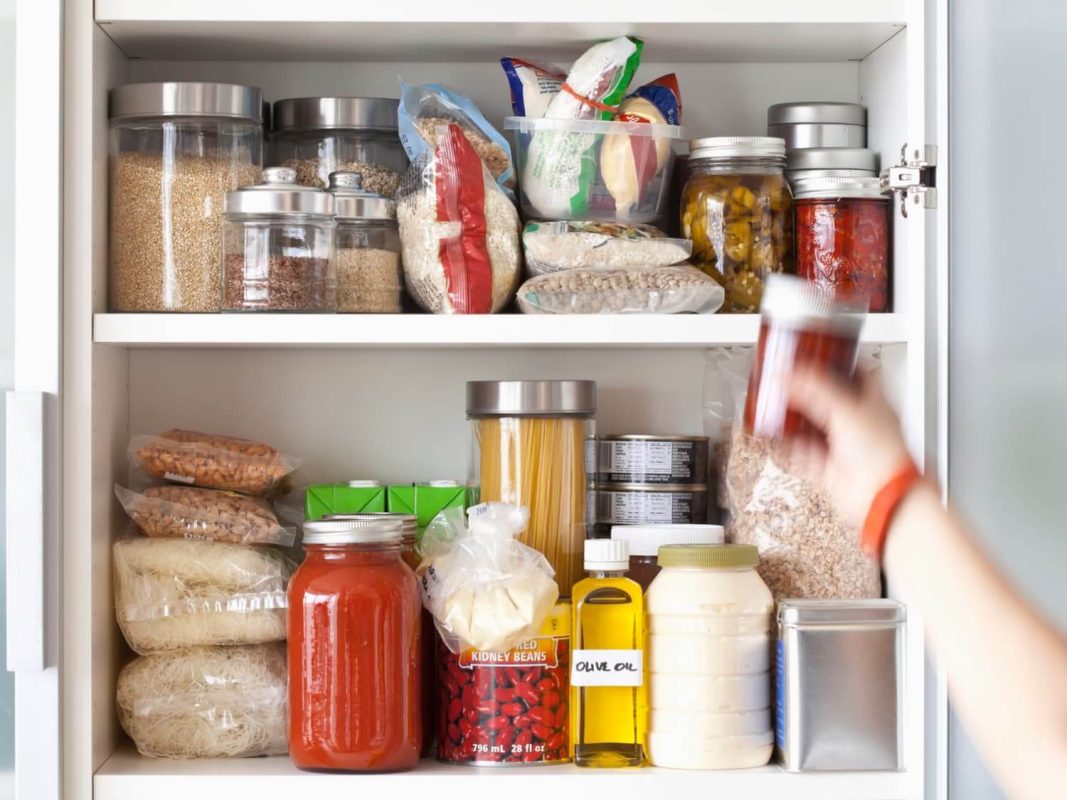
- Clean the spills immediately to avoid hard stains on your pantry shelves.
- Vegetables like onions, garlic, and potatoes should be kept in a cool, dry place. In the pantry room, you can store them in a wire basket.
- You can buy and use shelf liners to avoid spillage on the pantry shelves.
Deep cleaning the pantry takes more time, and it would seem to be tiresome work. You can make it easier by splitting the cleaning work among your family members and getting a well-organized and tidy pantry in a day.

